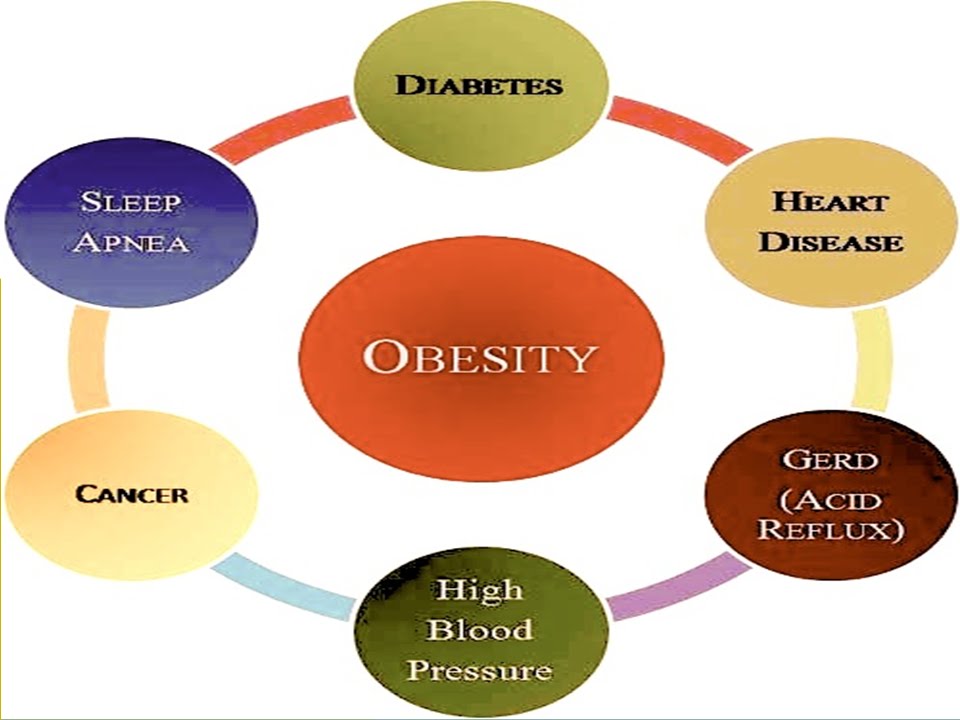
Obesity: Why Prevention Is Better Than Cure
Current strategies for the fight against obesity, which focus primarily on reducing calories and increasing physical activity, can no longer help the majority of obesity patients lose weight and maintain that weight loss. Today, the probability of an obesity person regain normal body weight is 1 in 210 for men and 1-124 for women concludes a study by King’s College London presented in the American Journal of Public Health. A second study, published in the journal Obesity Research confirms that in terms of obesity, today, prevention is better than cure. For an equivalent amount of calories or practice of physical exercise in our 20-year BMI increased by more than 2.

The first study, published in the American Journal of Public Health has followed for 10 years, the weight of 278,982 participants, including 129,194 men and 149,788 women through their electronic health records and calculated the probability for obese participants, or regain a healthy weight or lose 5% of their body weight. Patients who underwent bariatric surgery were excluded from the study. The analysis finds that,
- The likelihood annually for an obese patient to achieve a weight loss of 5% is 1 in 12 for men and 1 to 10 for women.
- In case of 5% weight loss, 53% of participants repeat the kilos lost in 2 years and 78% within 5 years,
- The probability of an obese person regain normal body weight is 1 in 210 for men and 1-124 for women,
- The probability of a severely obese person regain normal body weight is 1 in 1,290 for men and 1-677 for women
These results suggest already, on an epidemiological level, the weight-based diets, and exercise management programs are not effective enough in the fight against obesity in the general population.
The second study, published in the journal Obesity Research looked precisely whether the relationship between caloric intake, physical activity, and obesity had changed over time. Researchers from the universities of Toronto and Alberta (Canada) analyzed 36,377 adults from dietary data followed for 35 years through the NHANES cohort (National Health and Nutrition Survey). Physical activity data were considered in a subgroup of 14,419 adults. Analysis shows these 35 years (1971-2008):

- A 14% increase in BMI, total caloric intake, and carbohydrate intake,
- A reduction of 5 to 9% of contributions in fat and protein,
- The period 1988-2006,
An increase in the frequency of physical activity of 47 to 120%. for a given value of caloric intake, or physical activity, an increase in BMI up to 2.3 kg / m2!
Thus any factors other than diet and physical activity can contribute to the increase in BMI over time. Further research is needed to identify these factors and determine the mechanisms that affect body weight. Researchers evoke endocrine disruptors, some preservatives or sweeteners or changing occupations.
Whatever these factors and mechanisms, it is clear that current strategies to fight against obesity should focus on the prevention of obesity because once weight gain “installed”, the chances of eliminating are very small, even by the “Plan” or the practice of physical activity.